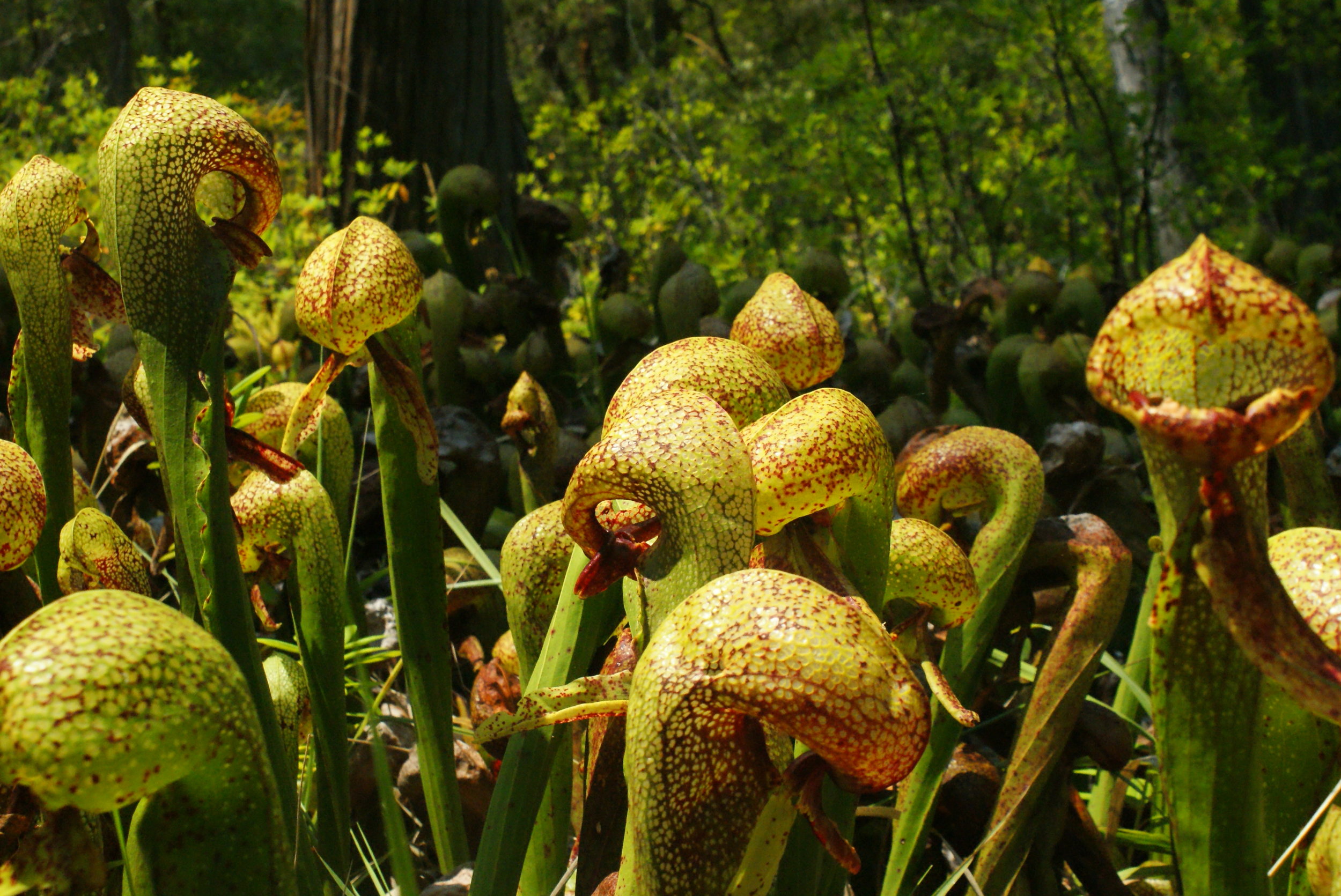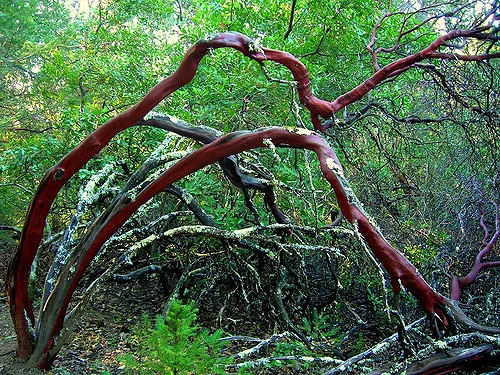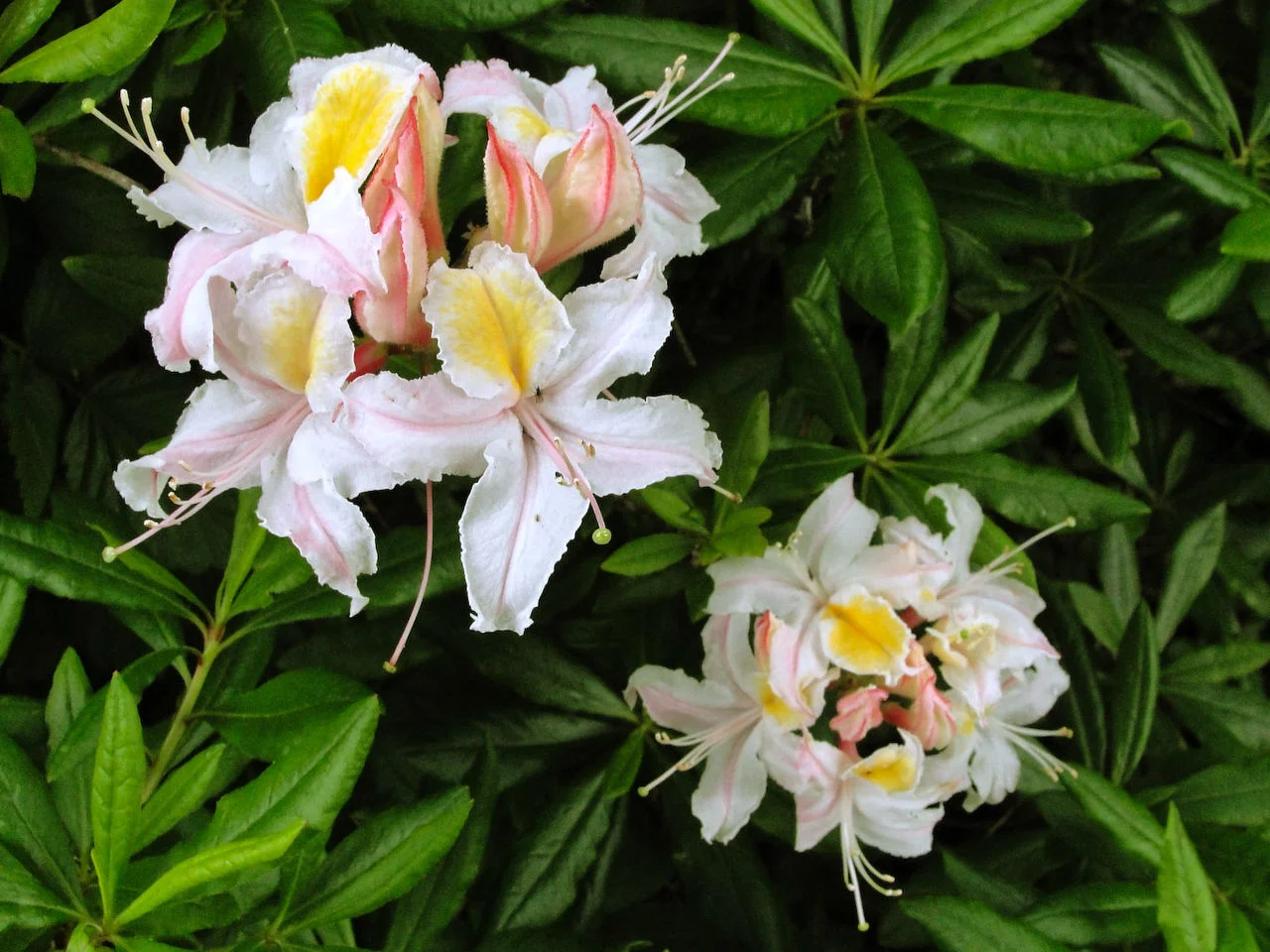The Mardon Skipper (Polites mardon) is a small butterfly about the size of your fingertip and is listed as endangered in Oregon. KS Wild and partners continue stewardship efforts of the Mardon skipper’s habitat in the Cascade-Siskiyou National Monument.
Read MoreThe Pacific fisher (Martes pennanti), an ecologically important forest carnivore, lives in low elevation old-growth forests of the northern United States and Canada.
Read MoreSiskiyou Mountains salamanders are aptly named for their limited range in the northern Siskiyous and Applegate River drainage. Within this area, their habitat is further limited to mature forests that have grown over rocky talus slopes, with dense canopy and plenty of moss to lock in the moisture.
Read MoreLike humans who need appetizers, main courses and dessert, bees need a variety of wildflowers to choose from to thrive through the summer. Climate change and destruction of habitat decrease both the range and availability of the Franklin’s favorite flowers.
Read MoreCat-sized with a luxurious light-brown coat, yellowish chest “bib”, triangular ears and a long tail, the Humboldt marten is a member of the weasel family and a subspecies of the American marten.
Read MoreHabitat loss is a big one, the factor that launched this shy owl into the public eye in 1990 when the listing was first made. Today, the old growth forests of the Pacific Northwest continue to face encroachments from fire and human activity, but the NSO has another problem: other owls. Specifically, the eastern Barred Owl which directly competes for resources in the small habitat pockets left for Northern Spotteds.
Read MoreThe Klamath-Siskiyou is a treasure trove of various ecosystems such as fire-dependent oak savannas, redwood forests, and clear rivers lined with azaleas, rhododendron and manzanita. Serpentine soils support scores of rare plant species, native bunch grasses, Jeffrey pine savannas and unique wetlands, known as serpentine fens.
Read MoreThe California pitcher plant, or Cobra Lily, (Darlingtonia californica), is a rare carnivorous plant of serpentine wetland communities
Read MoreKalmiopsis leachiana, a plant discovered in 1930 by Lilla Leech in the Gold Basin area, is a relic of the pre-ice age and the oldest known member of the Heath (Ericaceae) Family.
Read MoreGreen Sturgeon are truly a prehistoric creature, possessing a skeleton that is more cartilage than bone and rows of bony plates for protection rather than scales.
Read MoreGentner’s fritillary (Fritillaria gentneri) is a red-flowering herb that is part of the Liliaceae or lily family.
Read MoreThe marbled murrelet (Brachyeamphus marmoratus) is a pacific seabird that nests in trees in older coastal forests in North America and Asia.
Read MorePacific lamprey (Lampetra tridentata) is a parasitic eel-like species that has no true jaw, bones or fins.
Read MoreThe red tree vole (Arborimus longicaudus) is a small rodent found in the coastal mountains and western Cascades of Oregon.
Read MoreNorth American wolverines have been listed as a threatened species in Oregon by the Oregon Department of Fish and Wildlife since 1989. In December 2000, KS Wild and a coalition of groups, led by the Center for Biological Diversity, filed a lawsuit against the U.S. Fish and Wildlife Service for failing to list this wildlands-dependent forest carnivore.
Read MoreYreka phlox (Phlox hirsuta) is a perennial subshrub in the Phlox or Polemoniaceae family that is endemic to Siskiyou County, California.
Read MoreThe northern goshawk is a large forest raptor that lives in the temperate and boreal forests in the Northern Hemisphere.
Read MoreManzanitas are evergreen shrubs, they typically have smooth red bark that peels and flakes off like Madrone bark. Manzanitas sport rounded symmetrical leaves, they range in color from gray to bright green and often have a waxy texture.
Read MoreAzaleas are shade-tolerant shrubs that are often found living beneath, or close to, trees. They bloom in the spring and flower in a verity of different colors.
Read MoreMount Ashland Lupine is endemic to Mount Ashland, and is found in open areas above 6800 feet on the south and west slopes and near the mountain's summit.
Read More



















